Overcrowding Turns Magic Into Mayhem
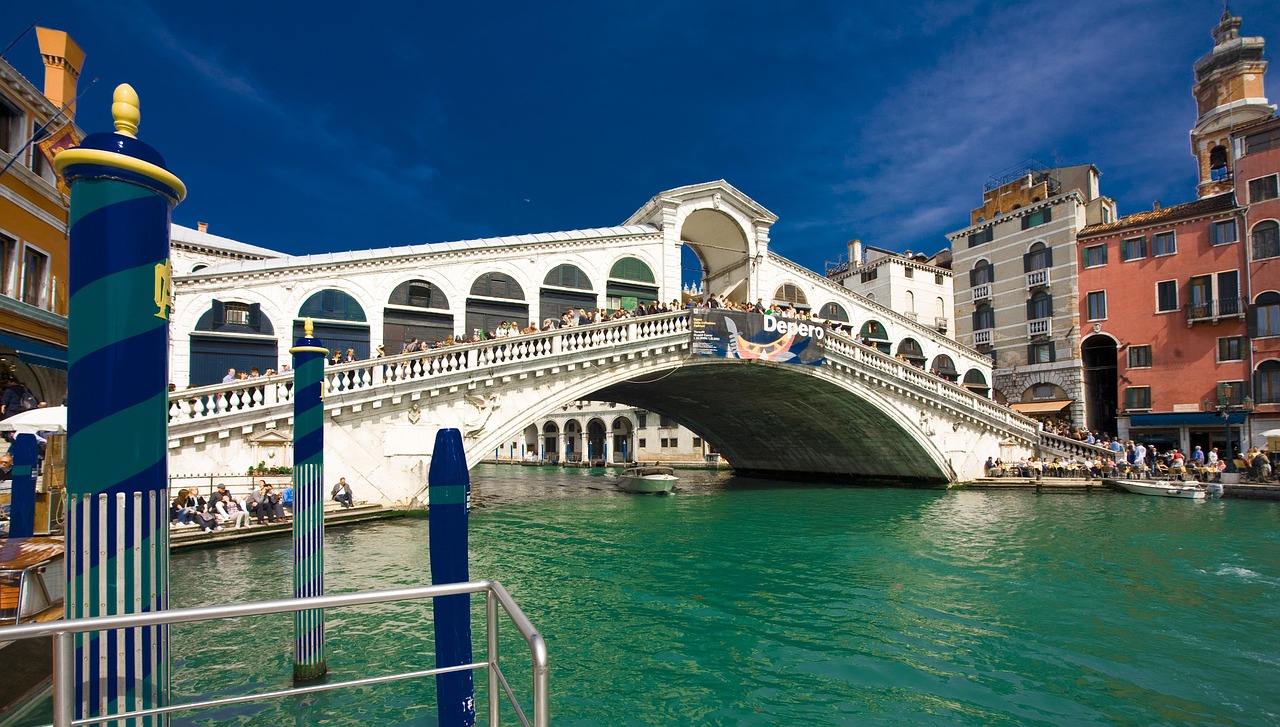

Venice in summer can feel more like a theme park than the romantic city you see in movies. The city’s twisting alleys and picturesque bridges are simply not built for the modern tourist surge. In 2023, Venice saw over 30 million visitors, and the majority arrived between June and August. At peak times, more than 100,000 people can be packed into the city’s historic center, which is home to just about 50,000 residents. Lines for iconic landmarks stretch for hours, and the simple act of crossing the Rialto Bridge can become a test of patience. Local shops, cafes, and even grocery stores are often packed with visitors, making it hard to find a quiet moment anywhere. Even popular vaporetto boats and gondolas are often standing-room-only during midday. The crowded conditions can leave you feeling less like a guest and more like a sardine—crammed, hot, and a little overwhelmed.
Scorching Heat and Sticky Humidity
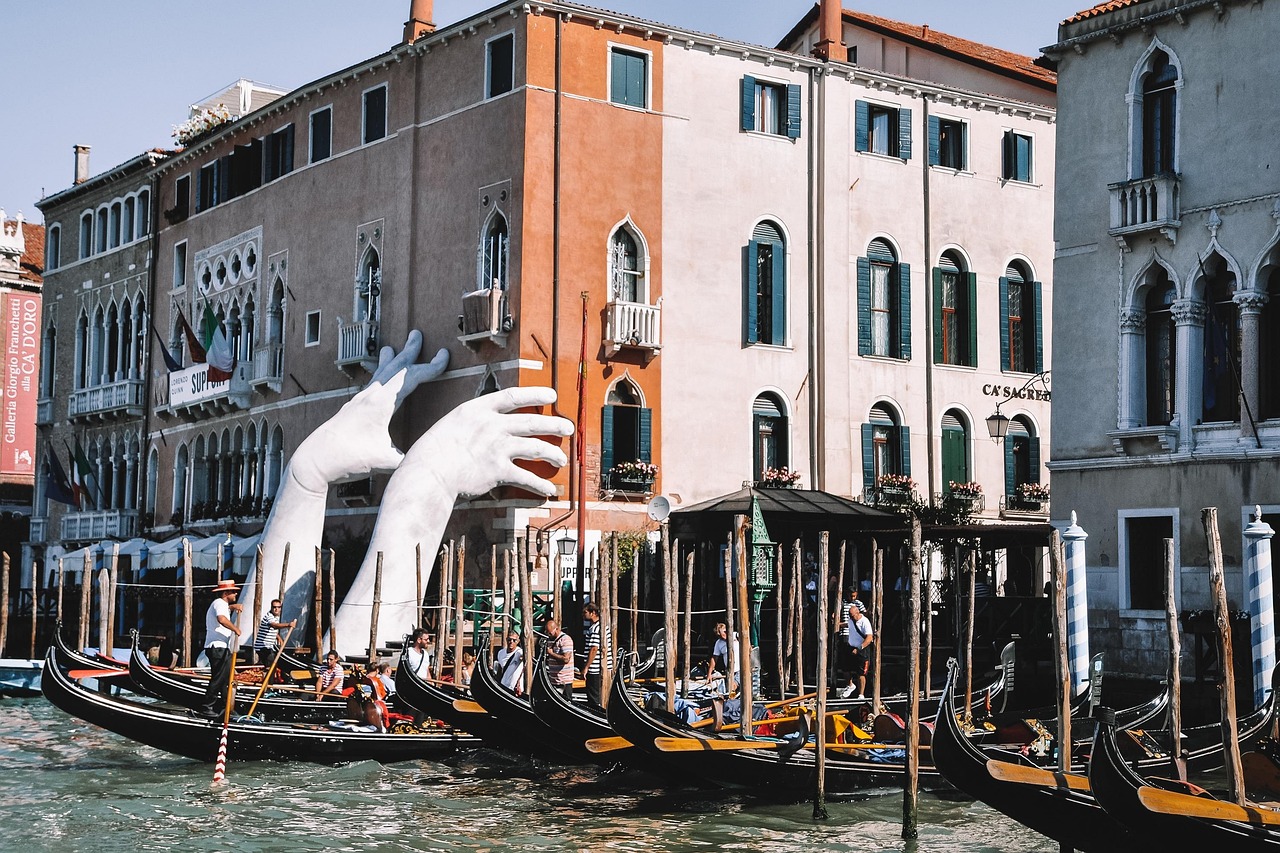

Venice’s summer heat is not just uncomfortable—it can be downright oppressive. In July 2024, the city recorded temperatures soaring above 40°C (104°F) during a severe heatwave. Average summer days now hover around 35°C (95°F), but the humidity often makes it feel even hotter. Walking through narrow alleys with sweat trickling down your back is hardly the dreamy Italian holiday most people imagine. Air conditioning is not a given in old Venetian buildings, and finding a cool, shaded spot can be a real challenge. The heat also ramps up the city’s unique aroma: with canals exposed to the blazing sun, a pungent scent can hang in the air, especially in the afternoons. It’s not unusual for travelers to report headaches, dizziness, or even heat exhaustion. With climate change intensifying heatwaves across Europe, Venice summers are only getting more intense.
Wallet-Busting Hotel Prices
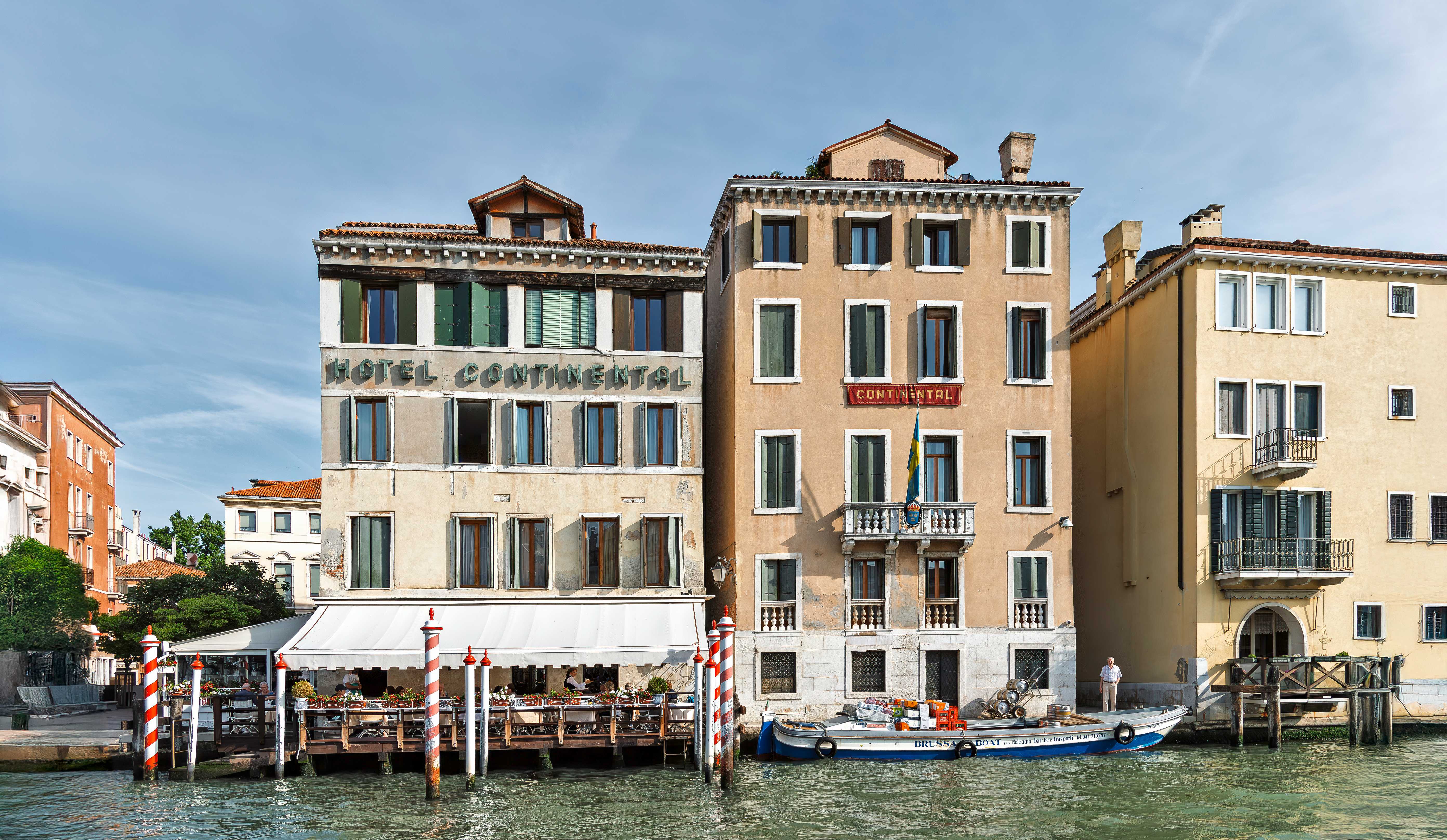

If you’re planning a summer trip to Venice, brace yourself for sky-high prices. Hotel rates surge in July and August, with some accommodations charging up to 200% more than in the quieter months. In 2023, the average nightly rate for a hotel in Venice during peak summer was about €250, compared to roughly €100 in March or November. Even budget options and hostels hike their prices, and last-minute bookings can be next to impossible. It’s not just hotels, either: prices for short-term rentals, guided tours, and even basic meals at tourist hotspots also shoot up. The city’s new day-tripper tax, introduced in 2024, adds another layer of cost for those just visiting for the day. For many travelers, this means spending far more for a trip that may feel less enjoyable due to the crowds and heat.
Limited Access to Landmarks
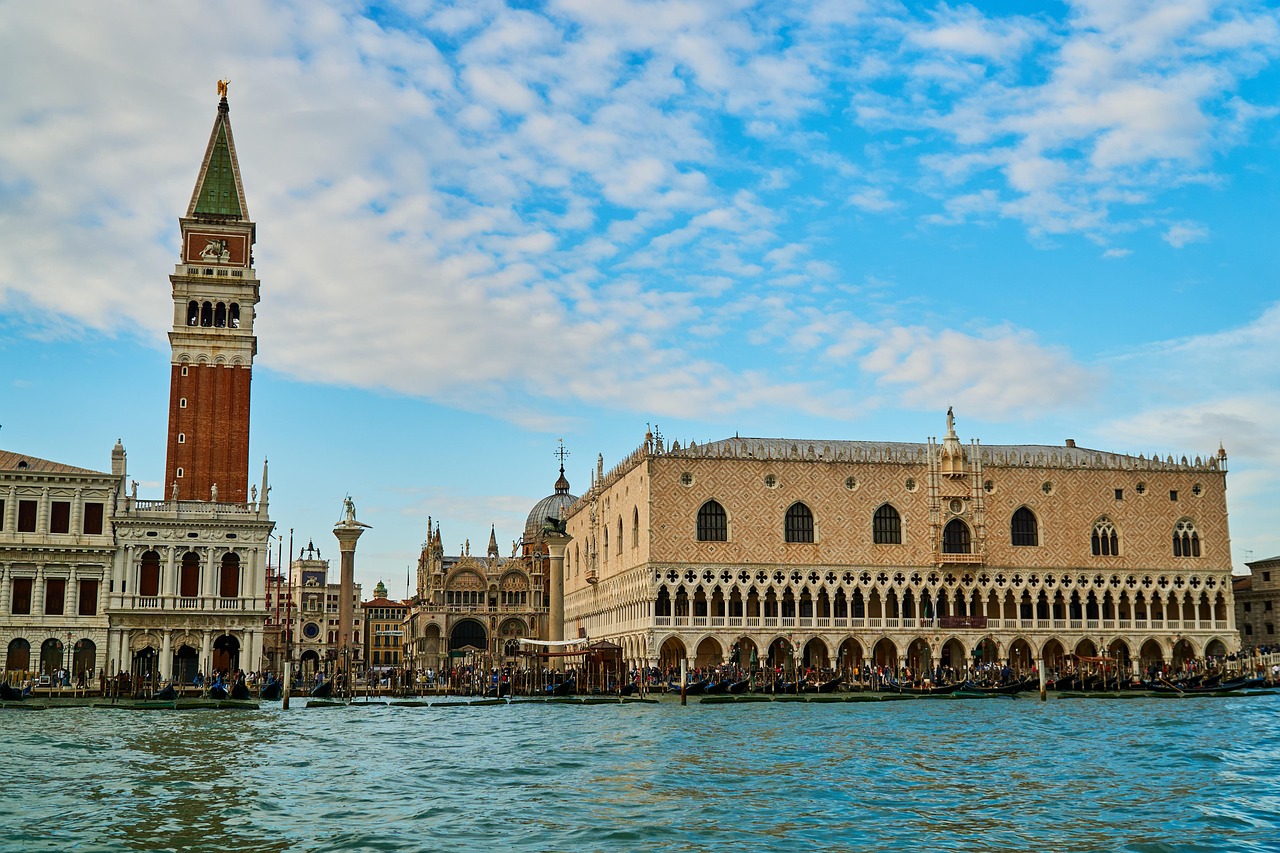

Famous sites like St. Mark’s Basilica and the Doge’s Palace are on every traveler’s list, but summer can make visiting them a logistical nightmare. To control the overwhelming crowds, Venice introduced timed-entry slots for major attractions in 2024, and tickets now routinely sell out days or even weeks in advance. Many visitors find themselves waiting in lines under the blazing sun, sometimes for hours. Smaller museums and galleries, struggling to manage the volume, often reduce opening hours or close sections entirely. Some churches have started to bar entry to large tour groups or require advance bookings, making spontaneous sightseeing nearly impossible. Even the city’s beloved glassblowing studios on Murano and lace shops on Burano can be jammed with crowds, diminishing the charm and intimacy of these artisan experiences.
The Silent Toll on Venice’s Canals
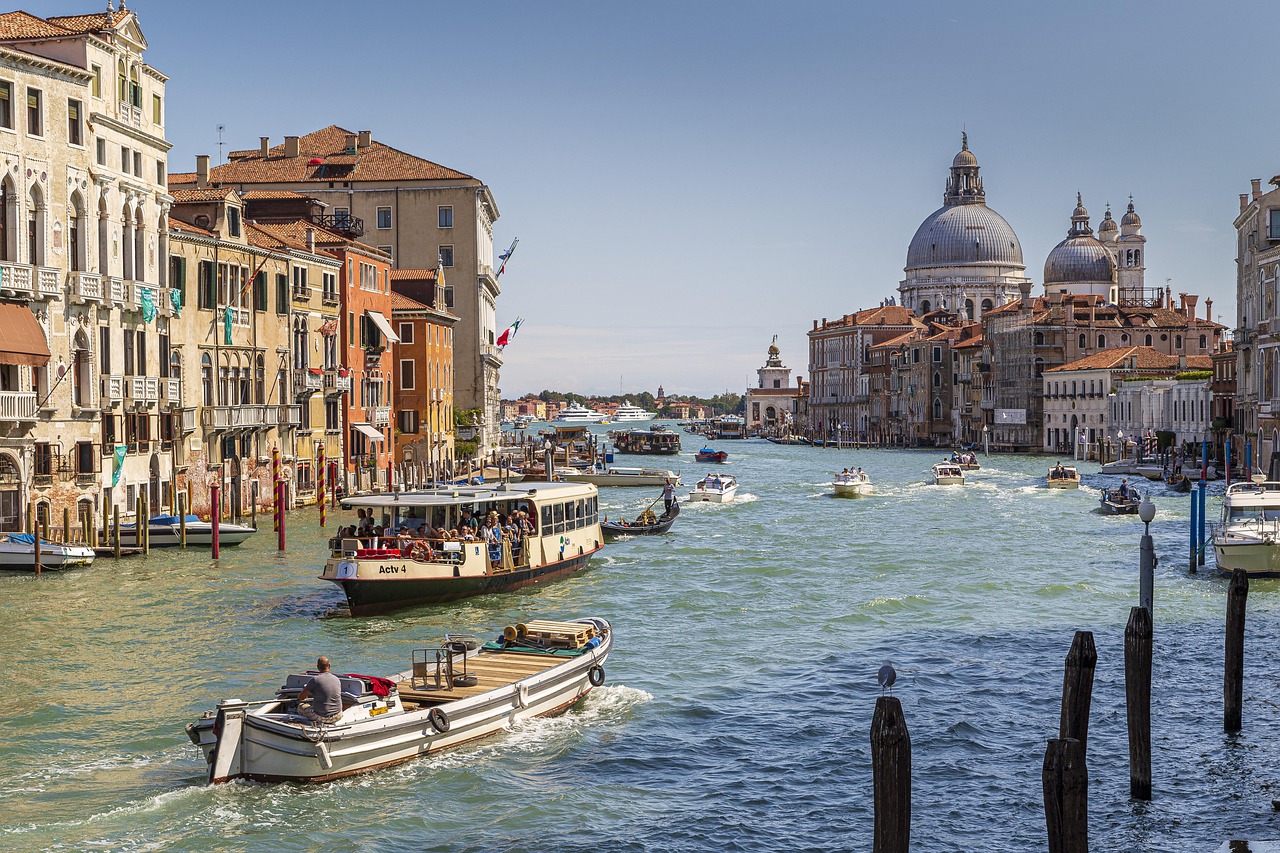

The environmental cost of summer tourism is becoming harder to ignore. With the dramatic increase in boat traffic—especially water taxis and massive cruise ships—Venice’s fragile canals are under constant stress. In 2023, environmental researchers found that water quality in the Grand Canal worsened during the peak tourist season, with pollution and debris rising sharply. The wake from motorboats erodes the canal walls, accelerating the sinking of ancient buildings. Algal blooms, driven by warmer water and pollution, have become more frequent and visible. The city’s garbage collection system can’t always keep up with the influx, and plastic waste often floats through the canals. These environmental pressures threaten not just the beauty of Venice but the city’s long-term survival.
Too Many Tourists, Not Enough Locals
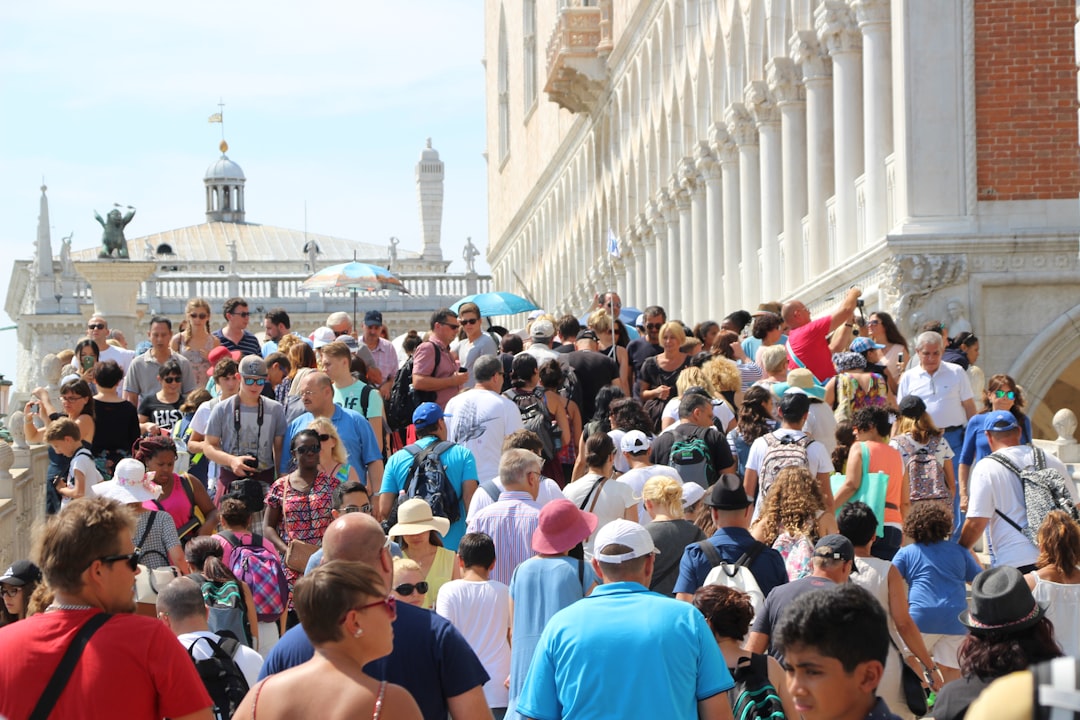

Venice has become the poster child for “overtourism”—when the number of visitors overwhelms the local population and infrastructure. By the summer of 2024, city officials reported that daily tourist numbers often doubled the population of permanent residents, which has fallen below 50,000 in the historic center. This imbalance is visible everywhere: souvenir shops outnumber local grocery stores, and restaurants cater more to tourist tastes than Venetian tradition. The influx has driven up rental prices, pushing young Venetians out of the city. Local neighborhoods lose their character and the genuine interactions that make travel special. The city has started experimenting with visitor caps and reservation systems, but the summer months still see a tidal wave of people.
Life Gets Harder for Venetians
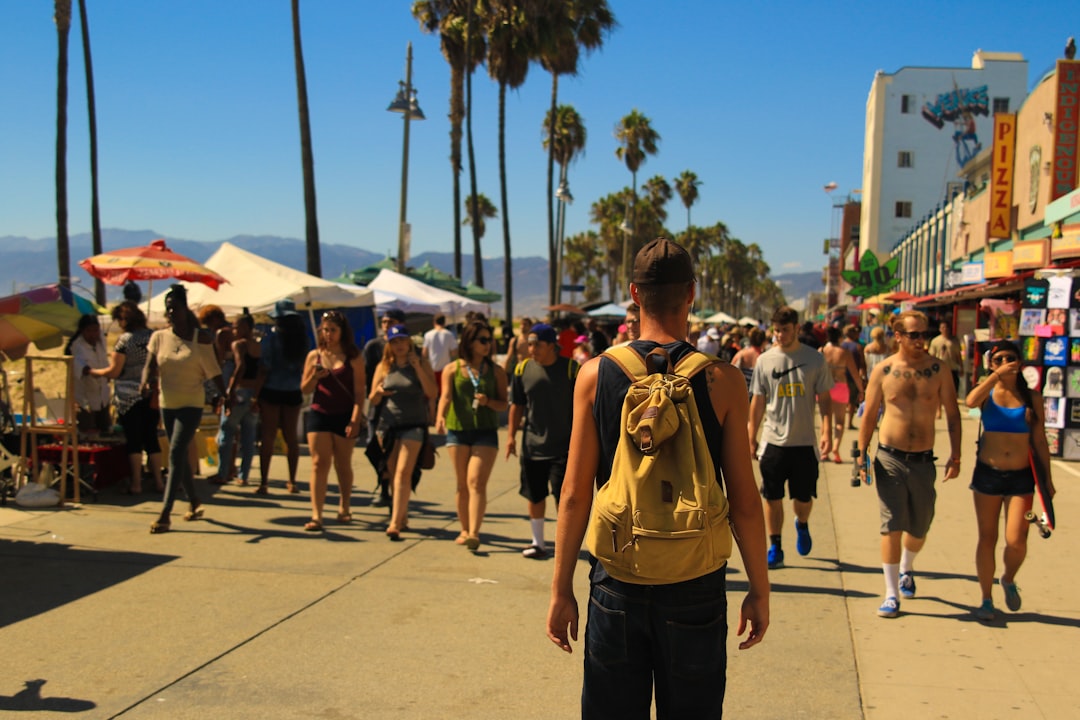

It’s not just the tourists who feel the summer strain—Venice’s locals bear the brunt of the city’s seasonal transformation. According to a 2023 survey, over 70% of Venetians said their quality of life declined during peak tourist months. Daily routines are disrupted by endless crowds, and basic errands like grocery shopping or commuting can take twice as long. Noise levels rise, litter piles up, and public transport is often packed to capacity. Many locals avoid the city center altogether during summer, retreating to quieter neighborhoods or even leaving the city for a few weeks. The rising cost of living, fueled by tourist demand, makes it harder for families to stay. This tension between residents and visitors is fueling a push for more sustainable tourism policies.
Looking Beyond Venice—Hidden Gems Await
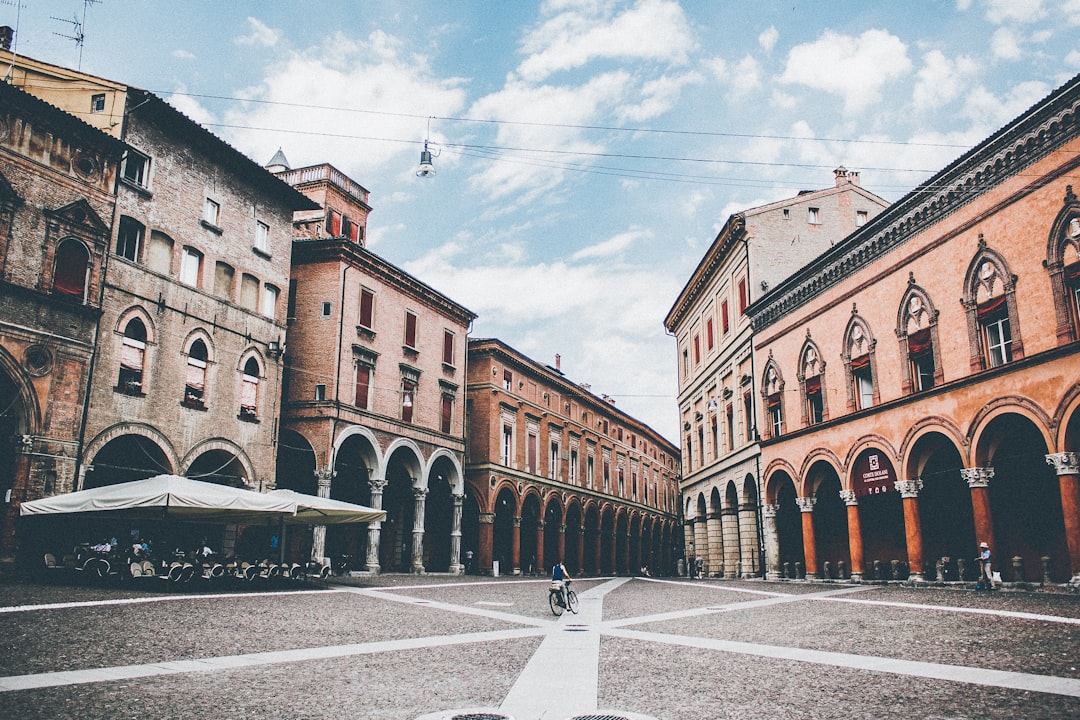

If you’re searching for Venetian charm without the chaos, there are plenty of alternatives. Cities like Bologna, Verona, and Padua offer beautiful architecture, rich history, and authentic Italian culture—often with far fewer tourists. Even within the Venetian lagoon, islands like Burano and Murano provide a slower pace and vibrant local life. In 2024, travel advisors observed a notable shift: more visitors are choosing second-tier cities and off-the-beaten-path destinations to escape the stress and crowds of Venice. These places often offer lower prices, more comfortable weather, and opportunities for genuine connection with locals. Exploring beyond Venice can lead to a richer, more rewarding Italian adventure.
Summer Festivals—A Double-Edged Sword
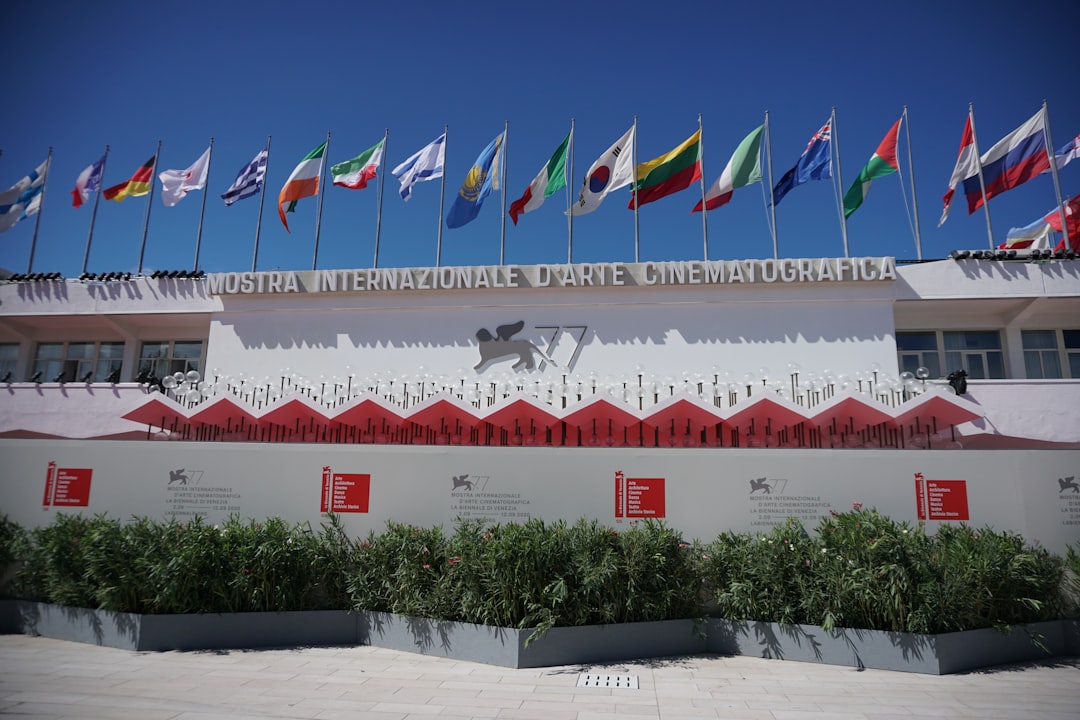

Venice’s festival calendar is packed, but summer events can be more overwhelming than magical. The Venice Film Festival, held in late August, brings A-list stars and international attention, but also crowds and security barriers that make the city even harder to navigate. Other events, like the Festa del Redentore in July, are spectacular but draw tens of thousands of people to the waterfront, filling every available space. Crowds can make it hard to appreciate the art, music, and traditions that should be the highlight of these celebrations. In contrast, off-season festivals—like the legendary Carnival in February—let you experience the city’s creativity and spirit with more space and fewer hassles.
New Rules and Restrictions—The Changing Face of Venice
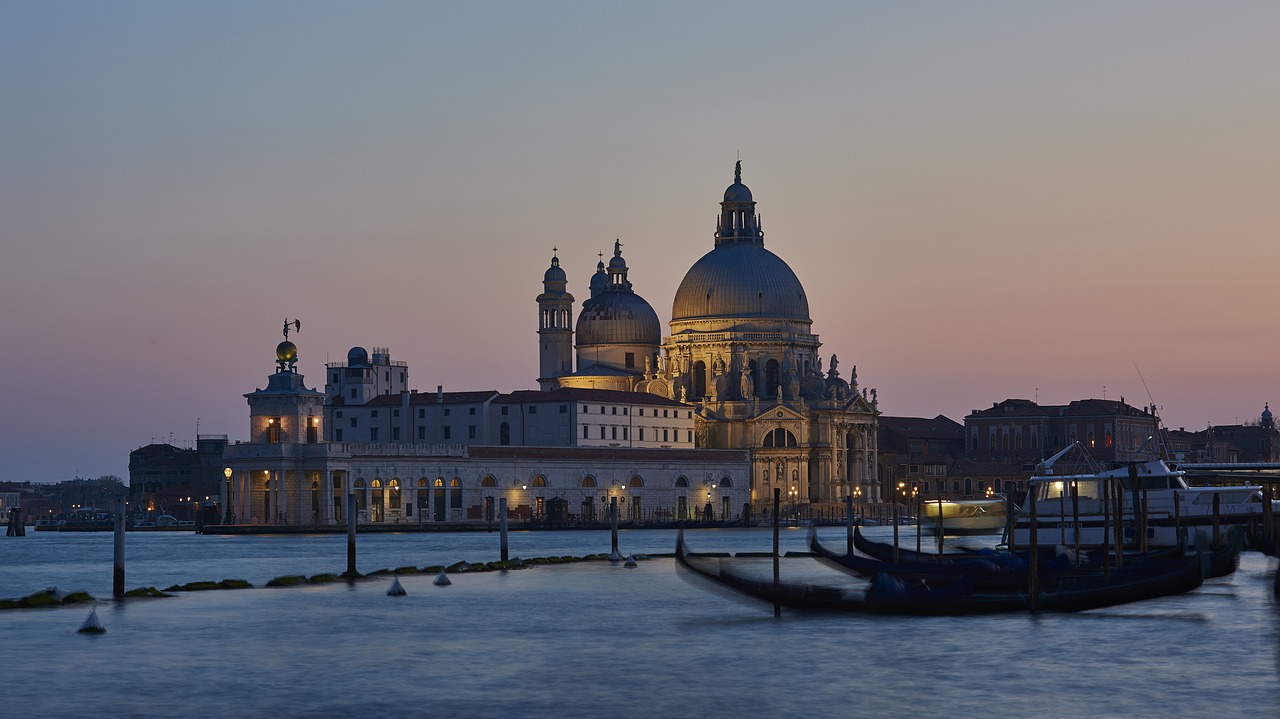

In response to the mounting pressures of summer tourism, Venice has rolled out a series of new rules and experimental policies. Since April 2024, day-trippers must pay an entrance fee of €5 to access the old city on peak days. The city has also introduced digital registration for major attractions and enforced limits on group tour sizes. These changes are designed to protect Venice’s fragile heritage and improve the visitor experience, but they also add another layer of planning and cost for travelers. The hope is that these efforts will help manage crowds and preserve the city for future generations, but the transition can be confusing and sometimes frustrating for visitors unused to the new system.
Venice’s Summer Reality—What You Need to Know
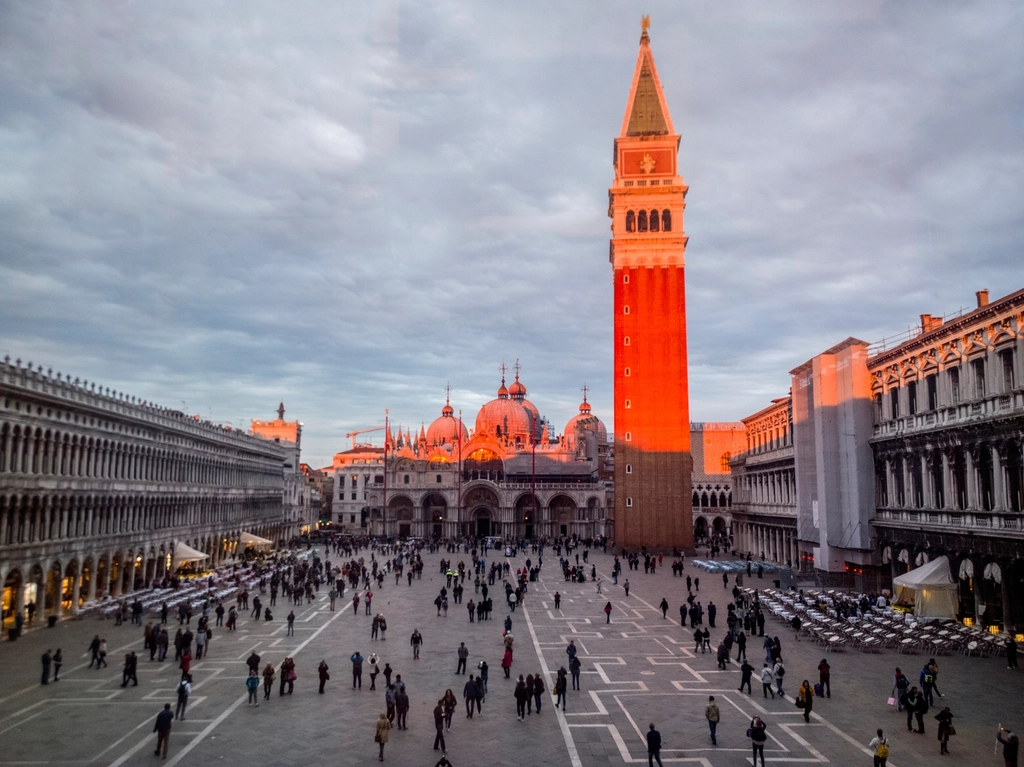

Venice’s summer is a paradox: dazzling in its beauty but difficult in practice. The city’s narrow lanes, stunning piazzas, and shimmering canals offer a dreamlike setting, but that dream is often interrupted by heatwaves, crowds, and rising costs. The impact on the environment and local community is stark, with many Venetians calling for urgent changes to protect their home. New rules and restrictions reflect the city’s struggle to balance tourism with sustainability. For many, the best way to experience Venice is to come in the shoulder seasons—spring or autumn—when the weather is mild, prices are lower, and the city’s true personality shines through.


